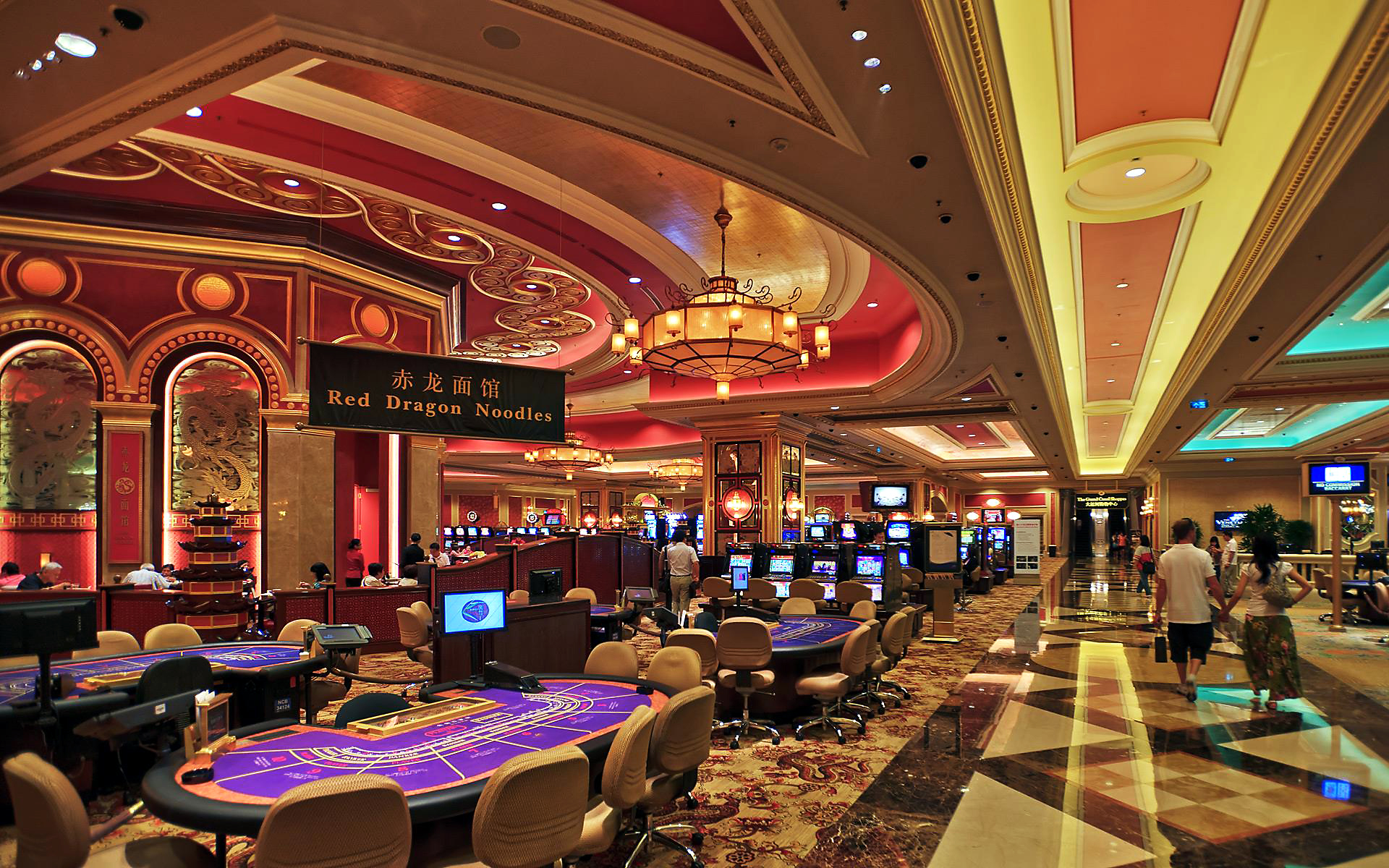In a vibrant and thrilling world of gaming establishments, where fortune and strategy intertwine, color and design play a key role in drawing in players. Ga179 From the moment visitors step into a casino or log into a gaming website, they are immersed in a visual feast that captures their attention and lures them to explore more. Bright colors, engaging graphics, and creative layouts are carefully crafted to create an environment of excitement and anticipation, ultimately improving the gaming experience.
As players navigate through the dynamic landscape of casino games, they encounter a range of designs that not only serve visual purposes but also affect feelings and choices. Hues like scarlet and yellow symbolize riches and luck, while soothing blues and greens can create a more tranquil environment. Grasping how these elements work together allows casinos to create an inviting and stimulating atmosphere that encourages players to engage with the games, invest more time at the tables, and boost their general enjoyment.
The Study of Tint in Casino Games
Tint plays a critical role in the development of casino games, affecting player emotions and actions. Lively and bold hues, such as red and amber, are often used to stimulate excitement and attract attention. These hues create a sense immediacy and vitality, encouraging players to involve themselves more eagerly with the experience. By strategically selecting hues, developers aim to inspire feelings of pleasure and anticipation, which can enhance the complete game experience.
Distinct colors also have psychological associations that can influence how gamblers perceive their odds of victory. For example, green is often associated with luck and wealth, making it a popular choice in activities like roulette and poker games. This connection can result players to feel more optimistic and self-assured in their gaming, ultimately encouraging them to bet more. Understanding these connections allows game designers to craft environments that enhance player happiness and retention.
In addition, the interface of gaming interfaces often employs color gradients and contrasting colors to instruct player actions. For example, winning outcomes may be highlighted with vivid, contrasting hues, creating a visual cue. This approach supports favorable outcomes and supports repeated participation. By utilizing the science of color, gaming venues can create activities that not only draw participants but also maintain them engaged and invested in their play experience.
Creative Features that Attract Gamers
The visual appeal of gambling games is largely influenced by the implementation of bold colors. Bright and contrasting colors are deliberately chosen to create an inviting atmosphere that captures attention. For example, crimson and golds often signify good fortune and wealth, which is why they are prevalent in the color schemes of gaming machines and table surfaces. These colors not only draw players in, but they also evoke emotions related to excitement and expectation, enhancing the total gaming experience.
In addition to color, the design and organization of gambling games play a crucial role in captivating players. Games are designed to be user-friendly, ensuring that players can easily understand the rules and mechanics. User-friendly interfaces, along with captivating graphics and animations, help maintain gamer interest and promote extended play sessions. The tactile elements, such as the texture of the controls and the sounds of the games, also add to a comprehensive sensory experience that keeps players engaged.
Finally, thematic elements in game design can greatly influence player choice. Many casino games are inspired by media, fairy tales, or adventure themes, incorporating symbols and characters that connect with players. These themes create a sense of immersion and connection, making each game feel distinct. When players feel a connection to the concept, they are more likely to opt for that game over others, leading to higher participation and excitement within the gambling environment.
Case Studies: Effective Casino Slot Designs
One key example of effective casino game design is the popular slot machine series themed around hit movies. Games such as those based on the The Wizard of Oz and Game of thrones utilize dynamic colors and top-notch graphics to engage players in recognizable narratives. The use of dynamic visuals and engaging sound effects takes the focus of players, creating an affective connection to the theme. This strategy merely promotes longer play but also improves the overall gaming experience, leading to increased player retention.
Another notable case is the application of the psychology of color in table games like 21 and roulette. Casinos often create these games with rich reds and greens, colors traditionally associated with luck and wealth. For instance, the green felt on a 21 table provides a relaxing effect, while the crimson accents in the wheel invite excitement. This intentional use of color helps to foster an inviting atmosphere that motivates players to engage, satisfying their psychological impulses and boosting their enjoyment.
Finally, social casino games that include community features and vivid, lively designs have seen remarkable success in engaging players. Games like Zynga Poker and Slot-O-Mania leverage bright colors and playful animations to forge an inviting online environment. The inclusion of leaderboards, community sharing options, and in-game rewards promotes competition and community, pulling players in for longer sessions. Such designs not just make the games visually enticing but also emphasize social connectivity, a vital factor in player retention and engagement within digital casino environments.
